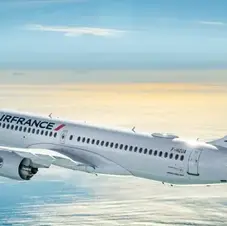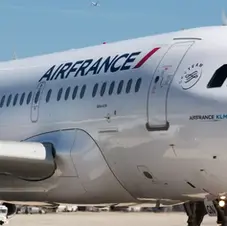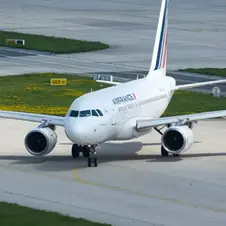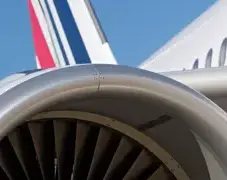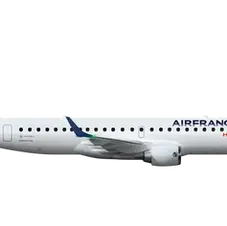

Air France was formed in 1933 from the merger of several French airlines, including Air Orient, Air Union, and Compagnie Générale Aéropostale. It quickly developed one of Europe's most extensive networks before being significantly impacted by World War II. Post-war, it resumed operations and expanded internationally, notably with the introduction of the Paris-New York route in 1946. Air France is known for its role in the Concorde program and its subsequent merger with KLM to form the Air France-KLM group.
Here's a more detailed look at Air France's history:
-
Early Years (1933-1945):
Air France was established in 1933 by merging several existing airlines, including Société Générale de Transport Aérien (SGTA), Air Orient, Air Union, Compagnie Internationale de Navigation Aérienne (CIDNA), and Compagnie Générale Aéropostale. The airline quickly expanded its network, developing one of the most extensive in Europe before World War II.
-
Post-War Expansion (1946-1970s):
After the war, Air France resumed operations, notably with the Paris-London route in 1945 and the Paris-New York route in 1946. The airline also introduced its first jet aircraft in 1957 and played a key role in the development and operation of the supersonic Concorde aircraft, starting in 1976.
-
Fleet Modernization and Growth (1970s-1990s):
The 1970s saw Air France introduce new aircraft types like the Boeing 727, 737, and 747, as well as the Concorde. It became the first airline to fly the Airbus A300 in 1988. In 1990, Air France acquired Air Inter and UTA, further consolidating its position in the French market.
-
Air France-KLM Merger (2000s-Present):
In 2004, Air France merged with KLM Royal Dutch Airlines to form the Air France-KLM group, which is now a leading European airline group. Air France-KLM operates a large network of routes, with hubs at Paris-Charles de Gaulle and Amsterdam Schiphol. The group is also a founding member of the SkyTeam airline alliance.


